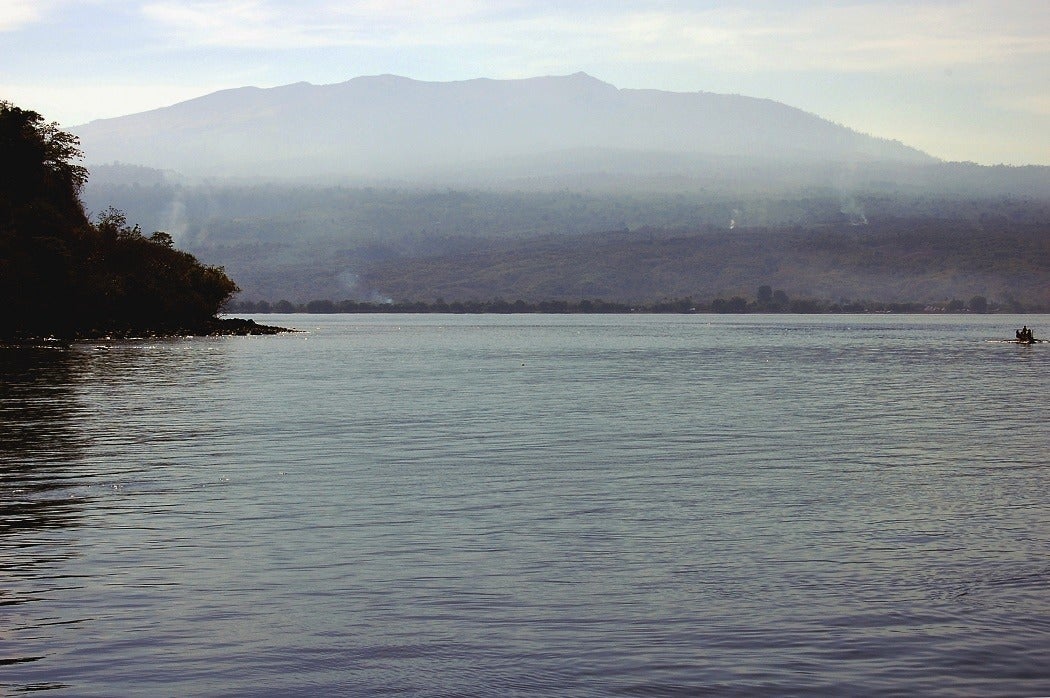Two centuries ago in April 1815, a volcano in Indonesia erupted with earth-shattering, world-changing force. Tambora’s explosion was one of the largest volcanic events in recorded history, more powerful than the better-known Krakatoa (1883) and absolutely dwarfing Mount St. Helens (1980).
Tambora’s gas and ash eventually blocked enough solar energy to cause climate disruption and social upheaval far from Indonesia. Resulting famines in Europe and Asia had a toll that surpassed the lives lost to the blast’s local effects (figures in the Indonesian Archipelago range from 70,000-100,000 dead).
The following year, 1816, was known as “Eighteen-hundred-and-Froze-to-Death” in the U.S. New England colonies. That year recorded freezing temperatures in summer, and saw a major out-migration of climate refugees to New York State and further west.
The effects in North American British colonies are less well documented. Liza Piper’s paper on the “Backward Seasons and Remarkable Cold” in New Brunswick, which had been settled by Loyalists who left the 13 Colonies when they became the U.S., goes some way to remedying that.
Piper introduces us to the diary of Benjamin Crawford, a farmer who meticulously recorded local weather between 1810-1859. Since instrumental readings are rarer the farther back one goes, historical climatology relies on a number of proxy data sources, like dendrochronology, ice cores, lake sediments, and various historical documents.
And among the historical documents, farmers’ diaries, as idiosyncratic as they are, have become “important and unique sources for climate history.” Markers of the local weather in Crawford’s diary include the first day he heard spring peeper frogs and when strawberries ripened.
Weekly Newsletter
Unquestionably, Tambora was a GGE – Global Geophysical Event – a “natural phenomena capable of having wholesale deleterious consequences for the world’s environment, economy and society,” according to W. J. McGuire, who writes about the “Global Risk from Extreme Geophysical Events.” The one good thing about them is that they don’t happen often. (Phew!) Tambora erupted at a time when the world was much less populated and interconnected. The volcano itself, which spewed and steamed for years after its big blow-out, is still active.
But not every result of that terrible “year without a summer” was disastrous. House-bound in miserable weather on the shores of Lake Geneva, Switzerland, eighteen-year-old Mary Shelley told a horror story that became the genesis of Frankenstein, or The Modern Prometheus.







